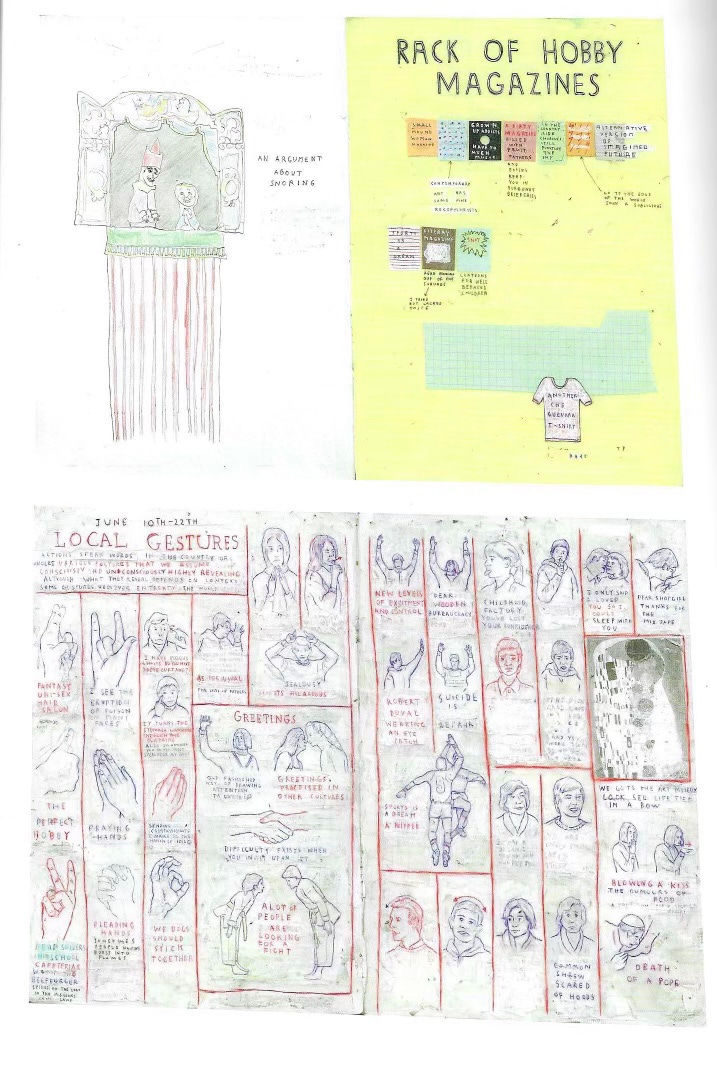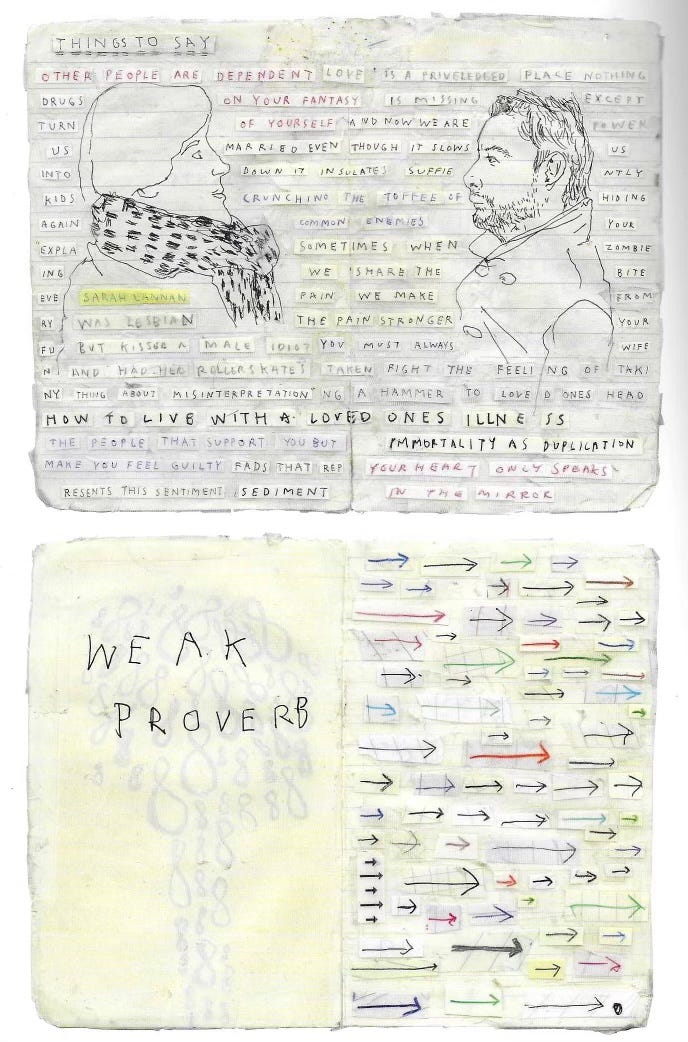Today, I’m entering my long journey into what I call the “fake science” element of reality TV and game shows.
This is only part one—I could speak endlessly about this. And I plan to! The first piece of this puzzle is robots, and there’s no better starting point than the show Too Hot to Handle. In it, a robot named Lana monitors the physical intimacy of participants; their potential monetary winnings go down each time they touch. She’s always watching them and exposing their secrets to other players. As an audience, we’re theoretically meant to believe that this is a real robot, somewhere between a sex-oriented Alexa and Samantha from Her. There are many reasons why the show might add this element:
It simultaneously makes the contestants more and less comfortable. It’s creepy to have a robot analyzing your sex life, but it’s a little less creepy than human producers telling you they watched you give someone a blowjob and are removing money from the pot as punishment. If the contestants aren’t comfortable enough to break the rules, they’ll win the money and won’t have much drama. That’s not very good TV!
AI has the pretense of being scientific, and therefore objective. The producers didn’t punish you, mean Lana did. In reality, Lana’s “technology” is likely just a computer reading text aloud, housed in Alexa-shaped speakers that have been placed all around the house. This pretense of science gives the producers more leeway: the “algorithm”-driven robot can make up new rules, decide when and when not to stir the pot, and influence contestants’ beliefs. If you’re a contestant and a producer tells you something, you might suspect them of lying; you’ve probably watched enough reality TV to know that drama makes for a good show, and therefore producers are incentivized to rile you up. If an all-seeing robot tells you the same thing, you might assume you’re hearing the truth. Particularly in a post-UnREAL culture, viewers are suspicious of producers and know their tricks. By using a robot, producers can create the illusion that production is largely hands-off.
The “purpose” of it all. As I’ll elaborate on in a later letter, these shows love to pretend that they are scientific experiments and lesson-teachers, intended for the betterment of all involved. Too Hot to Handle is, in theory, didactic: contestants are supposedly there to forge deep, emotional bonds with one another. The show’s very hot participants are meant to learn the lesson that sex is bad, and talking is good. Or something like that. While getting hammered, in swimsuits, in a house where there’s not much to do. And while participating in “workshops” that tend to include sex-adjacent activities. So, via their faux-mission, producers get even more leverage with which to squeeze contestants. Because if they’re uncomfortable, that just means the process is working! By assuming moral authority, the producers ensure that the cast can’t protest the premise itself. Meanwhile, the audience feels frustrated and shocked that these dummies can’t keep their hands off each other for two seconds. Don’t they want to win at all? So when they complain, we automatically roll our eyes and side with Lana. We’re looking the other way, not examining the premise at all. I don’t mean this in a moralistic way. I mean that staying attuned to the difference between what shows and companies want us to think, and what’s really happening, is critical to media literacy and cultural awareness.
More next week!
And now:
Art by Simon Evans™, which is a collaboration between artists Sarah Lannan and Simon Evans. Their works comprise handwritten text and collages of said text, diagrams, lists, architectural blueprints…you name it, they’ve done it. It’s all imbued with a sense of humor and sadness.
This may be a strange comparison, but their work reminds me of Roz Chast (if you aren’t familiar with her, she’s a brilliant cartoonist. I’m no cartoon expert, but she has a special place in my heart; my grandparents have a humongous book of her work which I used to pore over for hours upon hours as a child. She is very New York, very clever, very melancholy, very funny. She “gets” it, as my grandma would say).
Simon Evans™ is literary, visually cluttered in a pleasing way. You can stand in front of their work forever and always find something you missed. Text-based art always risks cheesiness—it says, out loud, what it wants you to interpret from it—but for the most part, Simon Evans™ manages to toe that line! I’m a particular fan of their blueprints of houses. This is partially because I absolutely love images of rooms. If it’s domestic imagery, I’ll probably like it.
So, below, two scans from my Simon Evans monography.


I love you I love you! Bye!



